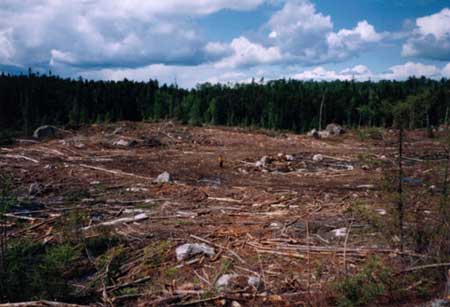Would you knowingly eat a potato that needs to be transported in hazardous waste containers since every cell contains pesticides? This isn’t food terrorism (at least not the kind we recognize as a crime); this is what passes as improvements to our food supply. Perhaps one day we will learn that we can’t improve on nature.
From Flavr Savr tomatoes to Roundup Ready Soybeans, genetically modified foods are being manufactured and unleashed on an unsuspecting public whether we are ready for them or not. The Grocery Manufacturers of America estimates that 75 percent of all processed foods in America contain a genetically modified ingredient.
Governments worldwide should have insisted on extensive safety testing of genetically modified ingredients before allowing them to be unleashed on an unsuspecting public. But according to an article entitled, “Health Risks of Genetically-Modified Foods” by Dr. Joseph Mercola, the U.S. FDA even states, “The FDA has not found it necessary to conduct comprehensive scientific reviews of foods derived from bioengineered plants … consistent with its 1992 policy.”
Genetically modified (GM) foods are big business in North America, particularly in the United States. They are also supported in Brazil and to a certain extent in Asia. Europe has been appropriately cautious in its approach to GM foods and to date has limited access to the European market, much to the frustration of U.S. business. There is a very real threat that this could change in the near future.
Links to free tutorials...some mine, others from around the web. Enjoy!








